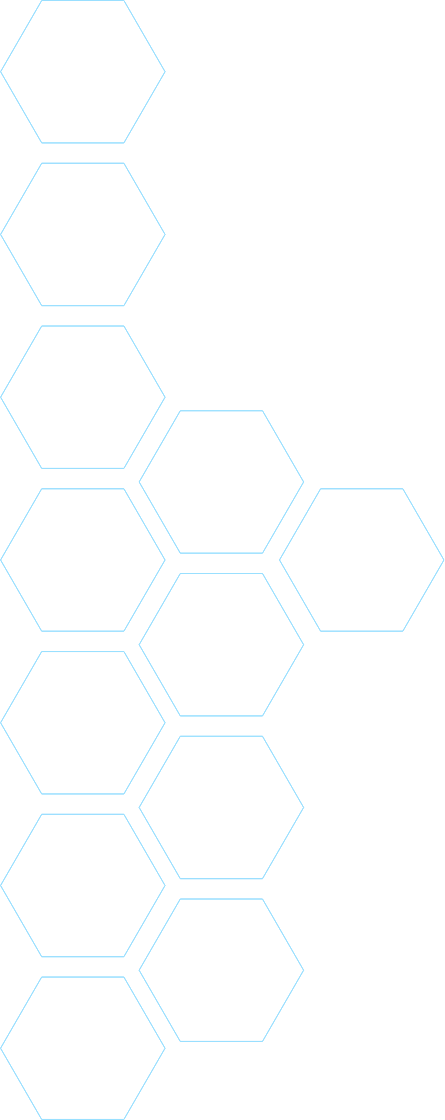Two DTI researchers were elected to the 2024 class of the American Academy of Arts & Sciences announced on Wednesday, April 24. Of 250 new members across many disciplines elected to this high honor, Nancy M. Amato of the University of Illinois Urbana-Champaign and Alberto Luigi Sangiovanni-Vincentelli of the University of California, Berkeley, were both named for their contributions to the field of computer science.
“We honor these artists, scholars, scientists, and leaders in the public, non-profit, and private sectors for their accomplishments and for the curiosity, creativity, and courage required to reach new heights,” said David Oxtoby, President of the Academy, in the press release announcing the new members. “We invite these exceptional individuals to join in the Academy’s work to address serious challenges and advance the common good.”
Read the announcement, “Honoring Excellence, Inviting Involvement: 2024 Member Announcement.”
See and search the list of new members, “2024 New Members.”


